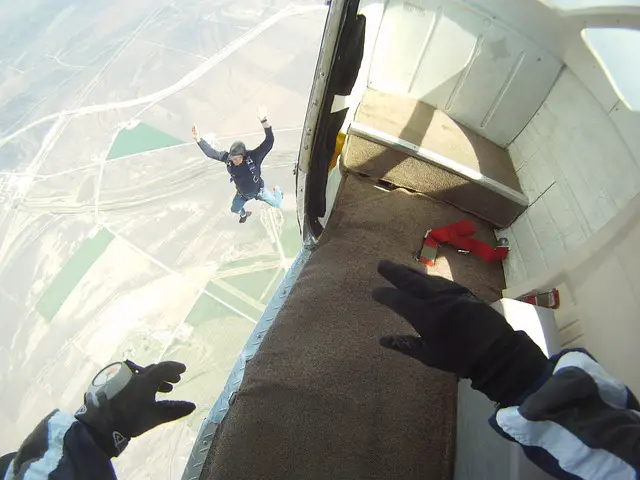How to measure universal gravitational constant | Measurement of G
Henry Cavendish first measured the universal gravitational constant G in 1798. The apparatus used is shown in Figure 1. Other experimenters repeated Cavendish’s measurement of G with various improvements and refinements. All measurements of G are found to be difficult because of the extreme weakness of the gravitational attraction. Setup of Henry Cavendish to measure […]



